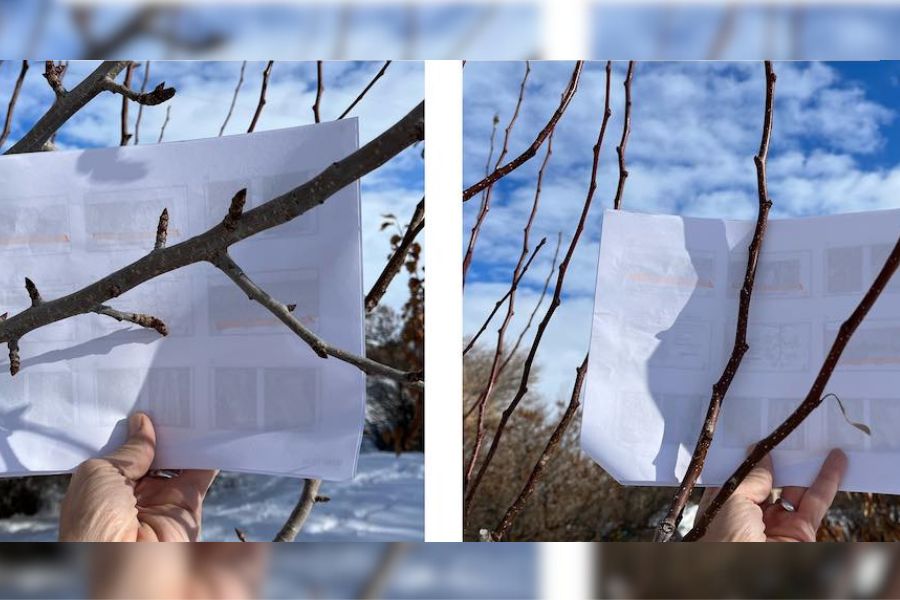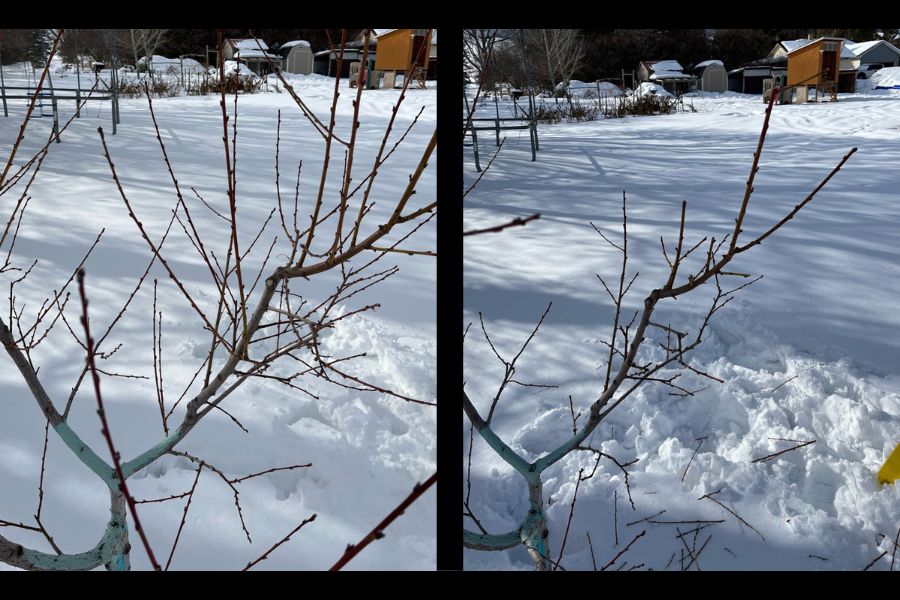Get ready to prune fruit trees
Published at | Updated at
We are approaching the time to get out and do your fruit tree pruning. There are many resources available showing how to prune and the proper technique for different training methods. Not pruning is usually worse than your making a sincere effort, however feeble.
Equipment
Use bypass pruners rather than the cheaper versions that only have one blade. Bypass pruners have jaws that cross each other, leading to a cleaner cut that will heal quickly. Larger, two-handed, lopping shears and/or a hand saw should be used on any branches larger than half an inch in diameter. Invest in the right equipment. You won’t be disappointed.
General Concepts
The goal is to create a strong structure to hold the right amount of growing fruit for quality produce. Regardless of the type of fruit tree, you should:
- Remove any dead or diseased branches.
- Remove water sprouts, which are the tall skinny shoots that arise directly from the branches or trunk on the interior of the tree.
- Remove any branches that cross, rub or grow back towards the center of the tree.
- Never remove more than about 1/3 of the branches on a neglected tree. Instead space your pruning over a period of years.

Apples and Pears (Pome fruit)
These should be pruned to some version of a central leader system. This means you should maintain a central trunk with scaffold branches coming off the central trunk that will produce your fruit. These main branches should be evenly spaced up the central trunk and give the tree good balance. Main branches should have a 45 to 60-degree angle between the trunk and branch. Branches often want to grow narrower than this. Use spacers or weights to increase this crotch angle while branches are still pliable. Spacers are better but I sometimes employ old socks with rocks.
Apples and pears produce fruit on stubby growths called fruiting spurs. These form on branches that are two years and older. These produce fruit for multiple years.
Peach, Apricot and Plum (Stone fruit)

These should be pruned to an open center or open vase system. This means that rather than have a central trunk, the tree should instead be open in the center with three or four main branches evenly distributed radially out from a central point. Aside from these main scaffold branches, all branches above and below should be removed. Any growth on scaffold branches arising within six inches of the main trunk should be removed.
Stone fruit tend to produce more blossoms on young branches, usually in more abundance than branches can handle. To avoid breaking fruit-laden branches later in the year, prune back the ends of vigorous young growth so the blossoms that remain will produce larger fruit born on sturdier branches. Because pruning can initiate trees to break dormancy, delay pruning peaches and apricots until just prior to bud break. This can help avoid many late frosts that injure tender blossoms.
There are countless intricacies and ideologies in the pruning world. It is easy to become intimidated but avoiding pruning is not a viable alternative. Do your best and you will be much closer to success than doing nothing at all.
For more information, click here.

In the Garden is sponsored by ProPeat, which is dedicated to delivering solutions for any of your professional fertilization needs. Whether you need to reduce the harm to soils and the environment, or you're interested in the latest nitrogen, carbon and biochemical technologies, ProPeat is the perfect fit.


